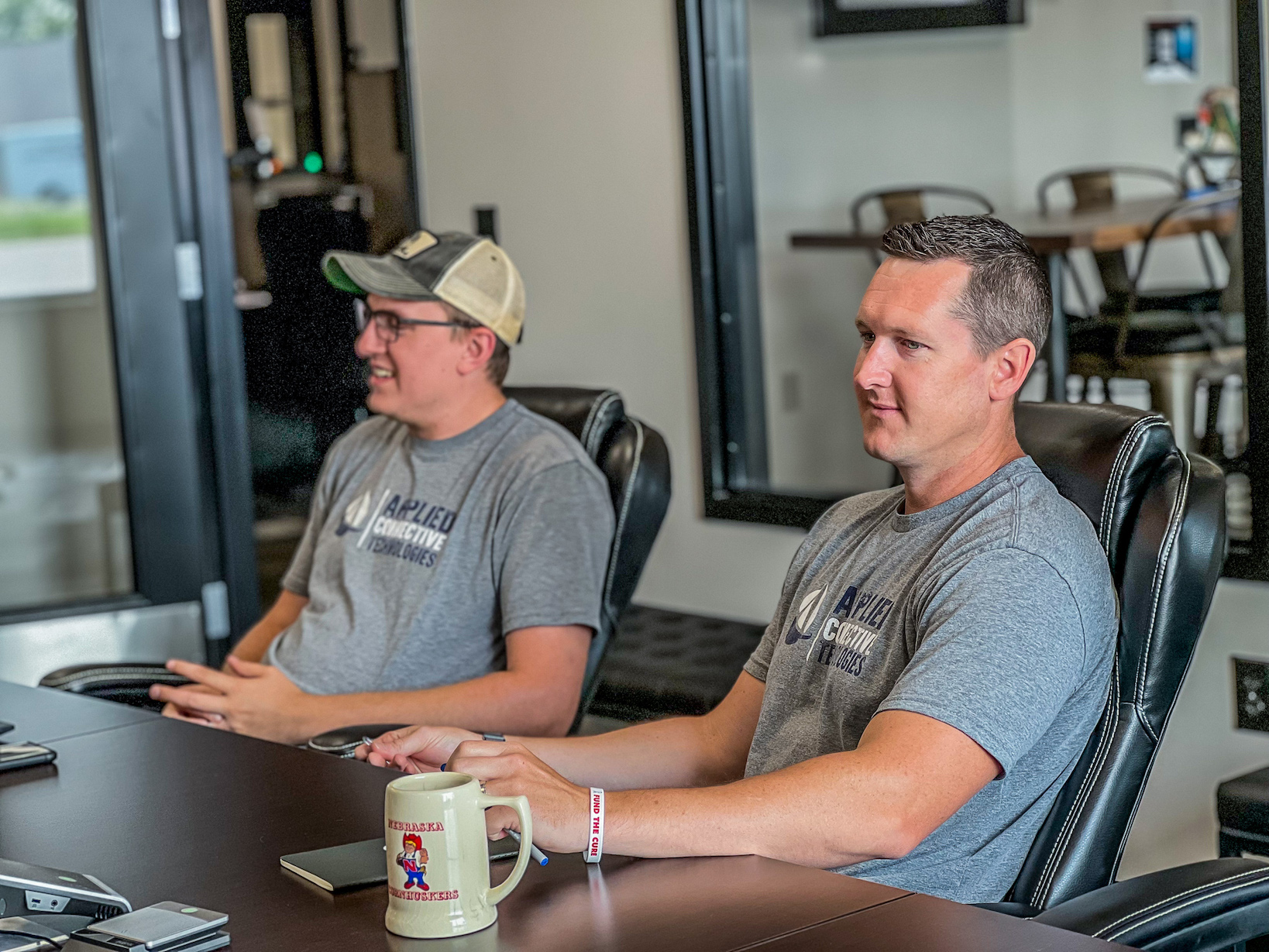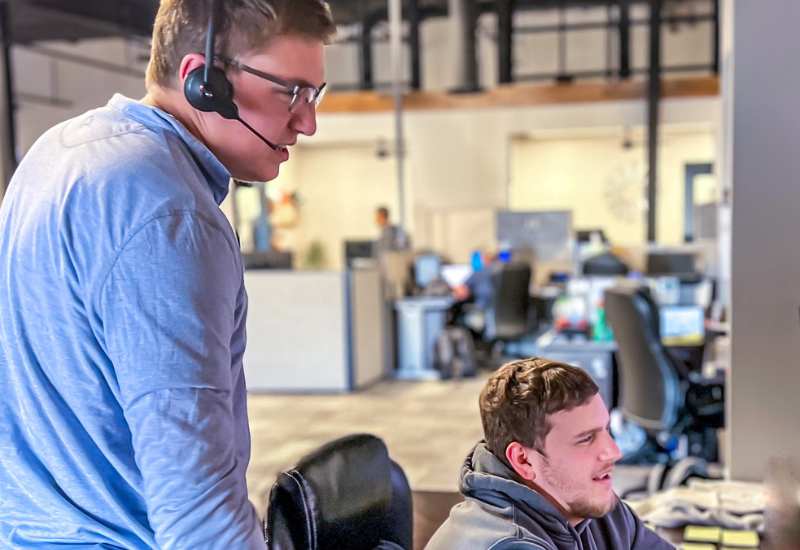Creating a password? Here's how to do it like a pro.
First, I highly encourage using a password manager like LastPass. Not only will this generate strong, secure, unique passwords for each account with the push of a button, but it'll store them all for you and enable you to quickly log into your accounts with a few quick clicks.
If you don’t have a password manager, and you’re creating a new one the old-fashioned way, here’s what I recommend.
- Make your passwords long. The longer, the more secure. Think of a phrase, an expression, or a lyric you’ll remember.
- Make them unique. DO NOT reuse passwords. It’s tempting to use the same password for every account so you only have to remember one, but if one account gets compromised, so do all the others.
- Update them frequently. Still using the same password you invented in 7th grade? The older the password is, the more likely it is that it’s been compromised. I recommend updating passwords a couple times a year, but you can never update them too often!
- Enable MFA. Turn on MFA on every account so your passwords don’t have to do all the work. It adds an extra layer of security so that, even if a hacker gets your password, they still need to jump through this second layer of protection (a code, a security question, an email, a fingerprint, facial recognition) to get to your data.
- Pick difficult security questions. On that note, don’t set up security questions only to choose super easy-to-guess answers that someone could quickly find out from your Facebook profile.
- Don’t use “remember my password” on shared devices. Many browsers ask if you want to “remember this password.” It makes the sign-in process easier to bypass entering your credentials every time, but if your’e on a shared device, that means other users have easy access to your accounts.
I hope this helps! If you have any questions, we’re just a phone call away.




